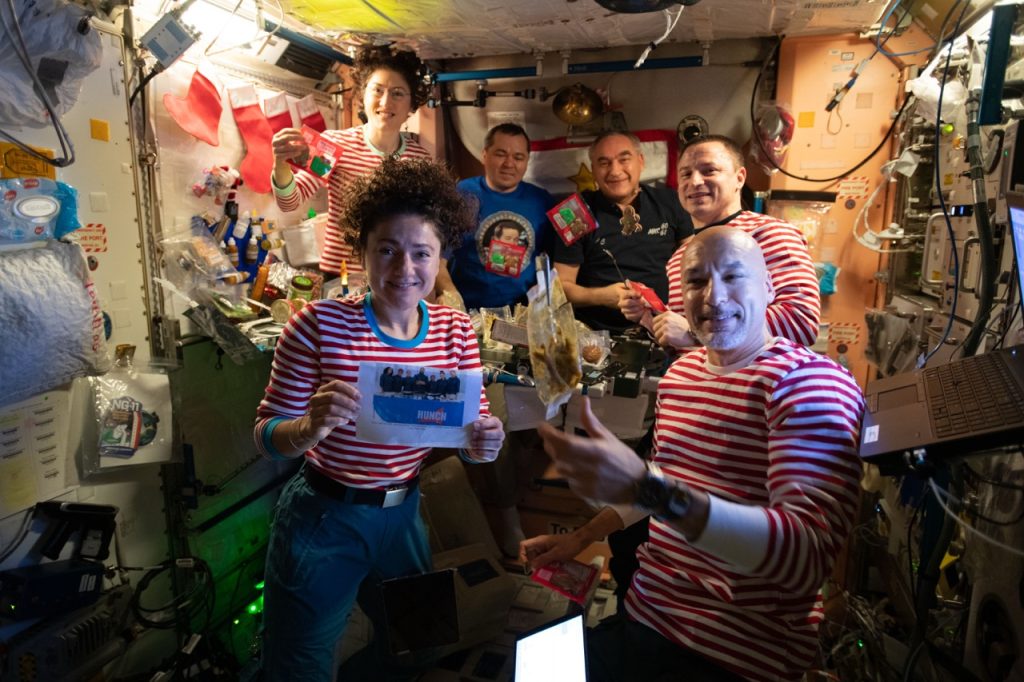[sp name=’Pioneerten’]
Apollo 17 was the last mission in which humans traveled to the Moon. It launched on Dec. 7, 1972; 12:33 a.m. EST, with crew Eugene A. Cernan, Commander, Harrison H. Schmitt, Lunar Module Pilot, Ronald E. Evans, Command Module Pilot. It landed on the lunar surface on Dec. 11, 1972. Solve Space by unscrambling this image and learn more about Apollo 17, how to experience Apollo at Space Center Houston, and how we get there with the Artemis program!
Learn More About It
- It was the third and final mission to employ the Lunar Roving Vehicle – a lightweight, electric vehicle designed to operate in the low-gravity vacuum of the Moon.
- The lunar rover vehicle allowed Apollo astronauts to extend the range of their moonwalks traversed a total of 30.5 kilometers. Lunar surface-stay time was 75 hours, and lunar orbit time 17 hours.
- The crew collected the oldest known unshocked lunar rock, which suggests that the Moon had a dynamo-generated magnetic field in its past.
- They also obtained samples of “orange soil” containing volcanic glass from an explosive eruption, as well as deploying scientific experiments.
- A plaque left on the Moon by the astronauts reads: “Here man completed his first exploration of the Moon, December 1972 A.D. May the spirit of peace in which he came be reflected in the lives of all mankind.”
- It was the first Apollo mission launched at night.
- Apollo 17 was the sixth and final mission in the Apollo program that explored the lunar surface.
- This spacecraft established the foundation for command modules that will take humans back to the Moon and on to Mars.
Discover Firsts
Apollo 17 was the first in which a scientist got to investigate the Moon firsthand: geologist Harrison H. Schmitt, who was also pilot of the lunar module, “Challenger.” The two primary geology objectives were to obtain highland samples older than the impact that created the Imbrium Crater (the area Apollo 15 had explored) and to investigate the possibility of geologically recent, explosive volcanism.
Experience More
- See a piece of Apollo history, the mission’s command module, at Space Center Houston inside Starship Gallery.
- Visit our new exhibit open now through May 2, Apollo: When We Went to the Moon.
- Learn more about Artemis, humanity’s return to the moon.








